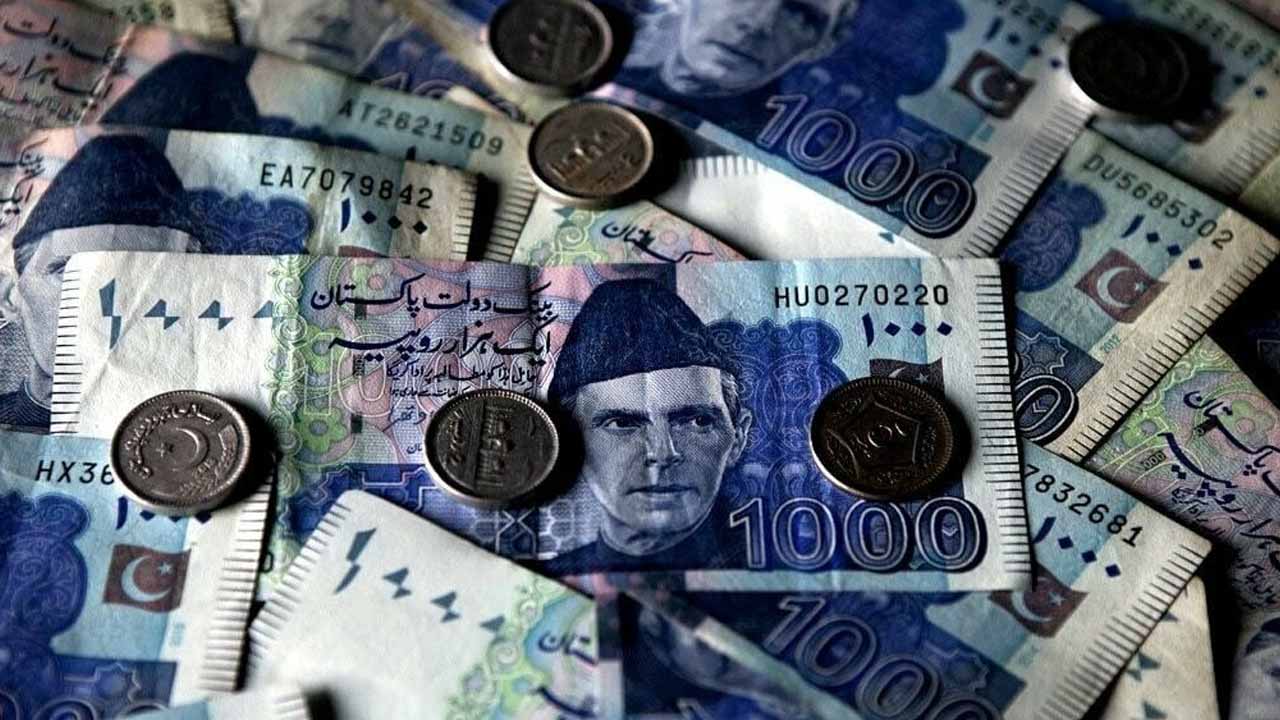On Wednesday, the Pakistani Rupee had a significant recovery in the interbank market, increasing by more than Rs10.
In comparison to yesterday’s closing of Rs238.38, the rupee had increased by 88 paise by 9:50am to reach Rs237.5, according to the Forex Association of Pakistan (FAP).
Later, the rupee made more gains and was trading at Rs228 at 12:50 p.m., up Rs10.38 from yesterday’s closing, according to Mettis Global, a website that provides financial data and analytics.
According to FAP Chairperson Malik Bostan, the country’s trade imbalance was reduced by the lower import bill for July, which relieved pressure on the currency.
The spectacular recovery we are currently experiencing, according to Mettis Global, is “mainly related to the improved economic fundamentals as the import bill in July 2022 has fallen to $4.86 billion, down by 38.31%, compared to $7.88bn in the previous month.”
As a result, the trade deficit for July decreased to $2.64 billion from $4.96 billion the month before, a decline of 46.77 percent.
Bostan claimed that anticipation of the International Monetary Fund (IMF) releasing its tranche shortly also had a role in today’s resurgence.
Because of increased border security, Bostan added, “the differential of Rs10 between the prices in the open market and interbank market owing to the smuggling of dollars into Afghanistan has been equalized.”
The decline in fuel and cement sales during July, according to Mettis Global Director, indicated that the PKR was stabilizing despite the negative demand forecast and rising inflation.
He added the clarity on that front and anticipated inflows were also boosting the local currency. He was making reference to the IMF’s declaration yesterday that Pakistan had completed all prior activities for the seventh and eighth reviews.
However, he continued, “Downside risks for the rupee might prove to be further strengthening of the US dollar or a flare-up in tensions between US and China over Taiwan.”
The Pakistan Bureau of Statistics (PBS) released data on Tuesday showing that the import bill decreased by 12.81% to $4.86 billion in July from $5.57 billion in the same month previous year.
In June alone, the import bill edged up to $7.74bn from $6.28bn over the same month last year, reflecting an increase of 23.26pc.
The import bill had increased 43.45pc to $80.51bn during fiscal 2021-22, up from $56.12bn a year ago.
Pakistan’s trade deficit declined by 18.33pc to $2.64bn in July from $3.23bn over the corresponding month of last year. The month-on-month decline in trade deficit was recorded at 46.76pc.












